Top 10 Ways to Make Babyfriendly Food
a naturopathic guide to introducing solid foods in your baby's diet
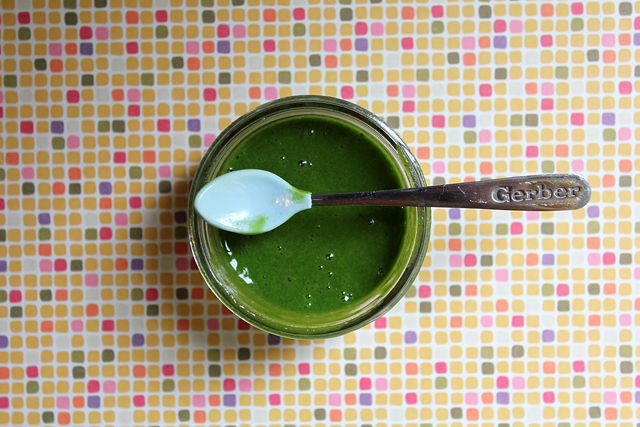
A lifetime of living with undiagnosed food reactions can cause irreversible health problems. This doesn’t have to happen to your beautiful baby. The tips below give you the tools you need to prevent food reactions and allergies in your growing child. They also provide the best ways to give your baby the healthiest start to life.
1. Introduce solid foods at the appropriate time.
I know you can’t wait to give your baby all that homemade food you just pureed and carefully placed in your BPA-free ice cube trays. But hold off if your baby is not 6 months! Prior to 6 months, a baby’s gut is not mature enough to handle solid foods. Giving solid foods prior to 6 months can pave the way for inflammation and food allergies later on. Read up on the signs that your baby is ready for solid foods. Some of those signs are being able to sit up, showing interest in it, and having a developed gag reflex present. Some babies are not ready for solid foods the day they turn 6 months. Each baby is different.
And just a living proof note here: Have you heard about all my food allergies? Yeah, I was given solid foods at 2 months of age. I’ve had an inflamed gut almost my entire life.
2. Introduce one food at a time, every 3-4 days.
We introduce food in this manner to help isolate food reactions. It is much easier this way to identify what baby ate than to play detective with 5 new foods. It’s already difficult trying to pin down the one new food as an actual food reaction, let alone when several are added at one time. With my second baby, I tried to skip steps here and add a few new foods at a time. It didn’t work out for me, because my baby would react, and then I would have to remove ALL of them and start over. Don’t waste your time! It sounds like a waste of time to introduce one food at a time, but you’ll be backtracking if you pile it on and he reacts.
Food allergies can manifest as hives, respiratory distress, eczema, or swelling. Food reactions can show up as diarrhea, mucousy stool, a change in stool color, rough red skin on the cheeks or face, diaper rash, a runny nose, constipation, ear infections, a rash around the mouth, wheezing, hyperactivity, or irritability. This list is not exhaustive. Food allergies versus food reactions in babies can get murky. The most important thing to note, is if they react or not. If they react, there’s a problem, and you should remove that food to test again at a later date.
3. Hold off on grains until baby is 9 months.
If you’re making your own baby food, hold off on the grains until your baby is 9 months old. I know it’s tempting to serve up rice cereal as baby’s first food (because everyone else is doing it), but don’t do it! Amylase, the enzyme needed to digest grains, becomes a robust part of your baby’s digestive tract when she hits 9 months of age. This is why it is difficult for babies under 9 months to digest grains. They often develop reactions to grains when they are introduced prior to this time (note: It is undigested food that can really rev up the food allergy train!).
4. Delay introduction of allergenic foods.
For the most part, I look at 6-9 months of age as introducing non-allergenic fruits and vegetables. I view 9-12 months as the introduction of grains and gentle proteins like beans. Honey should never be given to infants under 1 year of age due to the risk of botulism. At 12-18 months, night shades, eggs, lemons, limes, strawberries, and soy may be introduced. Foods that have a higher allergenic potential should be delayed until at least 18 months of age or older. These foods include nuts, tropical fruits, corn, and grains containing gluten. Peanuts, cow milk products, and shellfish should be introduced around 2-3 years of age. It’s not all black-and-white though, so the most important rule of thumb is this: delay the allergenic foods, saving the most allergic ones for last.
This means that you shouldn’t be mixing lemon juice in your 7 month old’s pureed pears. Watch labels on baby food. I love those pureed organic baby food pouches, but Happy Baby’s organic pears contains lemon juice.
5. Feed your baby the most nutrient dense food as close to it’s natural state as possible.
It’s true that making your baby his own food is going to be the most nutrient dense food he can get. Baby food that’s been sitting around in a jar or a pouch will have less vitamins and antioxidants in it then the avocado you can freshly mash for him.
6. Organic only.
By all means, make sure the food you give your baby is organic. Babies have smaller bodies, making the pesticide from that non-organic apricot a much bigger deal than if you were to eat it. Protect your baby early and do your best to feed her as much organic food as possible. Pesticides exposure in babies can lead to neuro-developmental problems. Protect your baby’s brains and feed her organic food!
7. Think raw.
Most baby food in the jar or the pouch has been boiled to a pulp. You don’t have to peel and boil that pear! Blend it up raw, with the skin, and try that! Of course, if you use the skin, only use organic, and be sure to wash it well. Raw foods are loaded with antioxidants. Giving your baby food every day with as many antioxidants in it as possible is the best way to supercharge his health for life. Antioxidants are protective and ward off disease. Bananas are an excellent vehicle for increasing antioxidants from raw fruits and veggies in your baby’s diet. Three of my baby’s raw food favorites are bananas with kale, blueberries with pears, and carrots with apples. Having a Vita-mix really helps to serve your baby raw, antioxidant rich foods.
8. Vary the texture!
I can not say this one enough! If you don’t have time to make your own baby food, try to mix in a few homemade foods here and there that vary the texture. Help your baby experience foods that are thick, thin, and even lumpy (but soft). Mashing food with a fork provides a different texture than food that was blended in a Vita-mix. When baby turns 9 months old, her pincer grasp starts to develop to where she can start picking up little bits of soft foods. This is a great time to offer her tiny bits of soft food to grab herself. Soft foods I have offered my baby at this time are cut up plantains, bananas, avocados, pears, and soaked raisins (CUT-up raisins!). You can also finely grate beets or carrots for her to pick up and feed herself.
9. Let her play with it.
Letting baby play with her food allows her to experience and learn about food. You can put a spoonful of pureed food on her tray if she is under 9 months. My babies have absolutely loved playing with whole apples that have one central ring of peel removed for them to lick (stem removed). Of course, this needs to be done under supervision and the apple shouldn’t be old and mushy. I have done the same thing with firm pears.
10. Think outside the conventional box.
The world is wide open for your baby! Try giving her plantains in place of bananas. Plantains actually work a lot better than bananas for their little pincer grasping fingers to pick up. Try your own mixtures of foods. Mash broccoli with avocado. Try cauliflower with coconut milk. Think seaweed (from clean waters) or parsnips. Consider adding fresh ginger to those yams.
Solid food introduction is best done under the supervision of a naturopathic physician.
Enjoy More Archerfriendliness
Dear Adolescent Boys, Whenever I tell you that a genital exam is part of your annual well child check, your eyeballs fall out of your head in complete horror. The expression on your face makes ...
Before I went to naturopathic medical school, I did not take a daily multivitamin and mineral supplement. I wrongly assumed I was the special health guru who didn't need a multivitamin. I put al...
When I started naturopathic medical school at Bastyr University, one thing I knew for sure, with full confidence, was that I did not want to do pediatrics. I had zero interest in pediatrics and di...


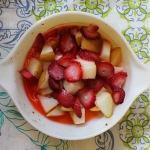
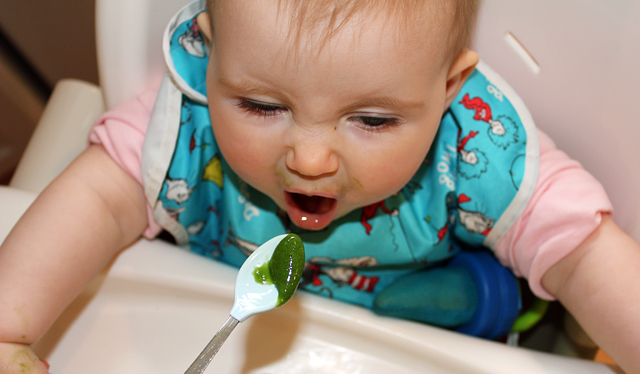
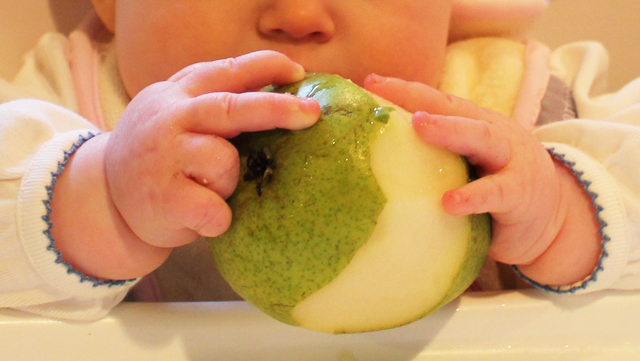



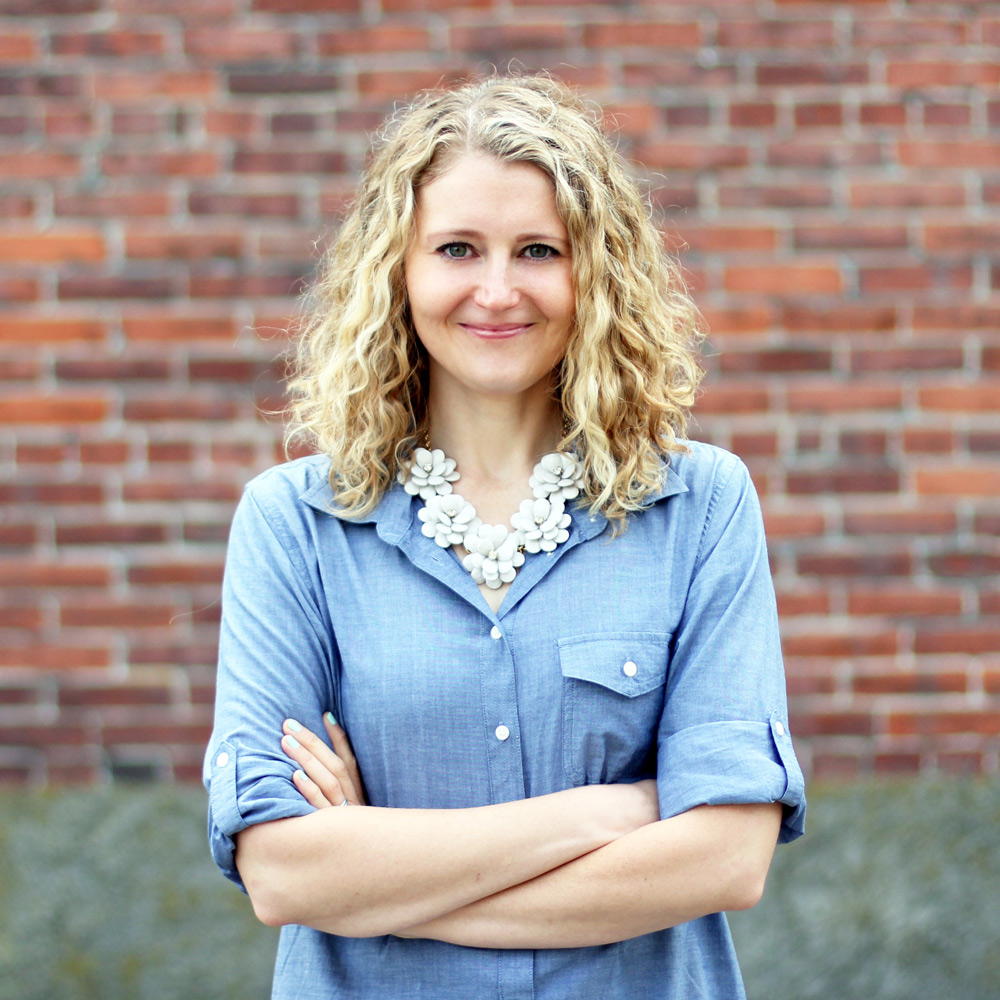

Marcia
May 14th, 2012 at 9:14 am
Hi Archer,
My oldest daughter Mallory (she was at Herb & Parminders January last year) is pregnant and she really wants to be careful of the food her baby will eat. I don’t understand the below, no rice until 9 months old or no fruit?
. Hold off on grains until baby is 9 months.
If you’re making your own baby food, hold off on the grains until your baby is 9 months old. I know it’s tempting to mix fruit into that homemade rice cereal, but don’t do it!
Reply
Dr. Archer
May 14th, 2012 at 12:21 pm
Hi Marcia – I edited that section under #3. Let me know if that clears things up.
Reply
Pragati
May 14th, 2012 at 10:20 am
your children are beautiful! Great tips that I will be sharing with my friends and their little ones :)
Reply
Dr. Archer
May 16th, 2012 at 11:41 pm
Thanks Pragati!
Reply
Pamela
May 14th, 2012 at 11:18 am
Great article Archer! Sometimes I forget my little man is only 14 months old & I still need to be careful with what foods I give. Great ‘refresher’! And that is just awful that you were given solids at 2 months! Yikes! Nothing against your parents of course, most mistakes are made because we are uninformed.
Reply
Dr. Archer
May 16th, 2012 at 11:42 pm
Thanks Pam! My mom’s pediatrician also advised my mom NOT to breastfeed me. Imagine that!?
Reply
Jen
July 29th, 2015 at 3:00 pm
Hi there, My son has been eating purees for a few months and is now getting more interested in the solid pieces of food. Can you give me some examples of non-gluten grains that might be good to try with my 10 month old? Also, what would be some “gentle proteins”, you might suggest, besides beans?
Thanks! :)
Reply
Dr. Archer Atkins
August 23rd, 2015 at 9:13 pm
Hi Jen! I am SO SORRY for my delayed response. I was on an extended out-of-state trip to the East Coast!
Examples of non-gluten grains that might be good to try would be buckwheat (not roasted), millet, or amaranth.
My use of the phrase “gentle proteins” — I think I may have been referring to serving things that are soft & easy to chew/swallow more than a specific food group. However, other gentle proteins could be soft, tiny pieces of salmon without any bones or natural jello.
Reply